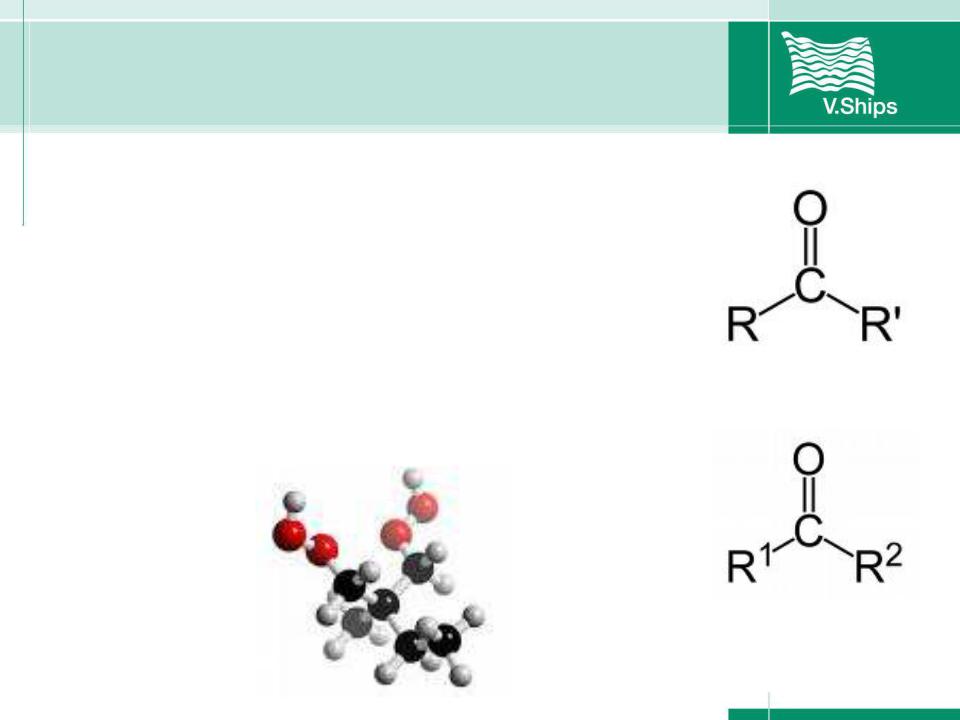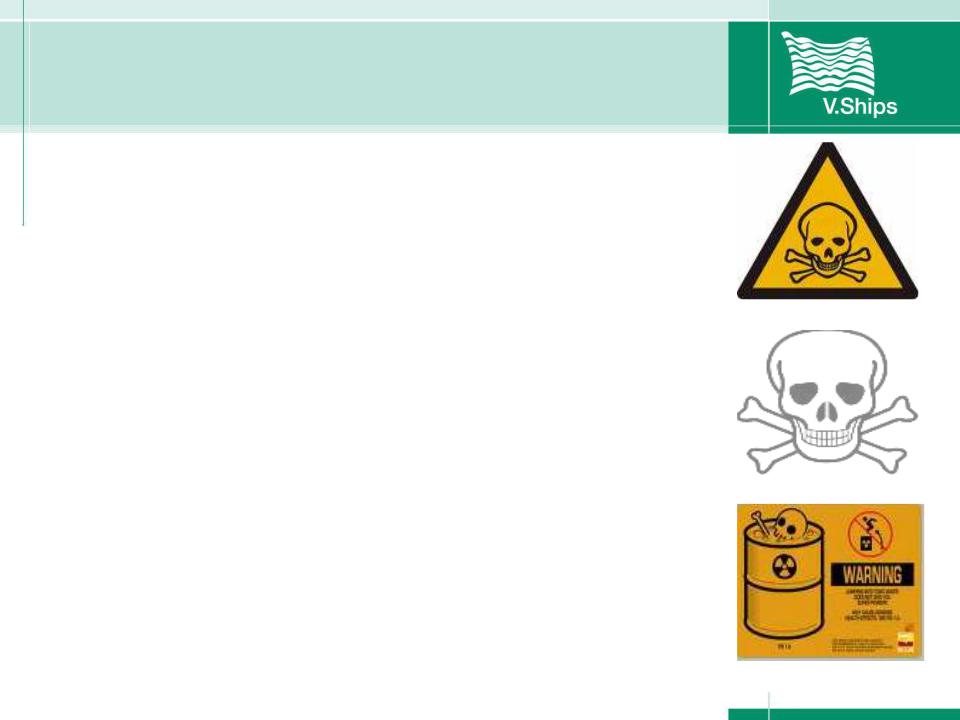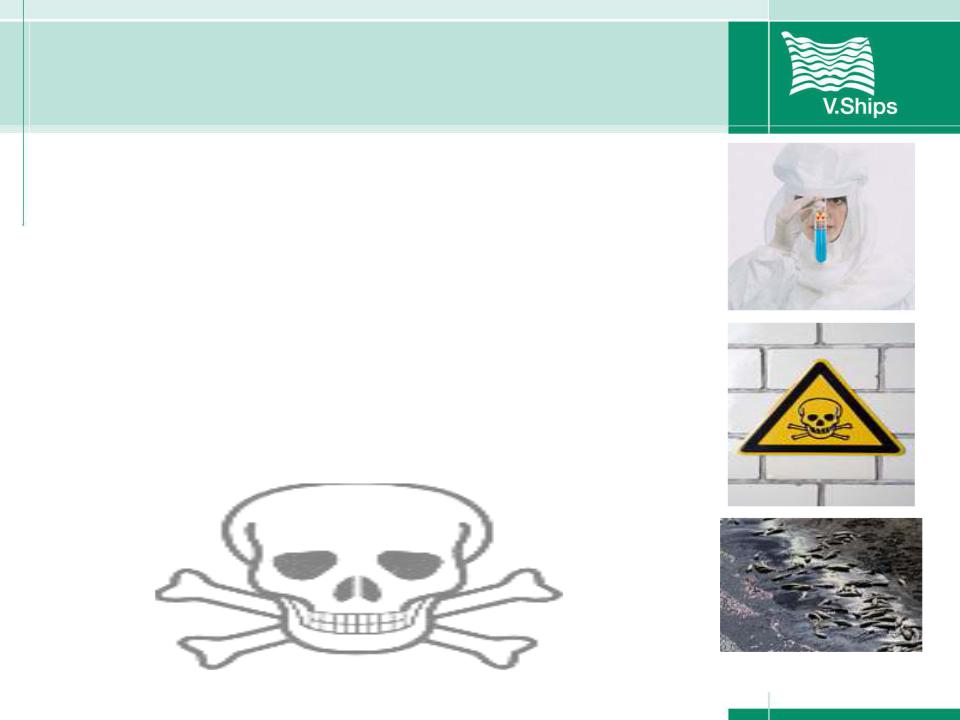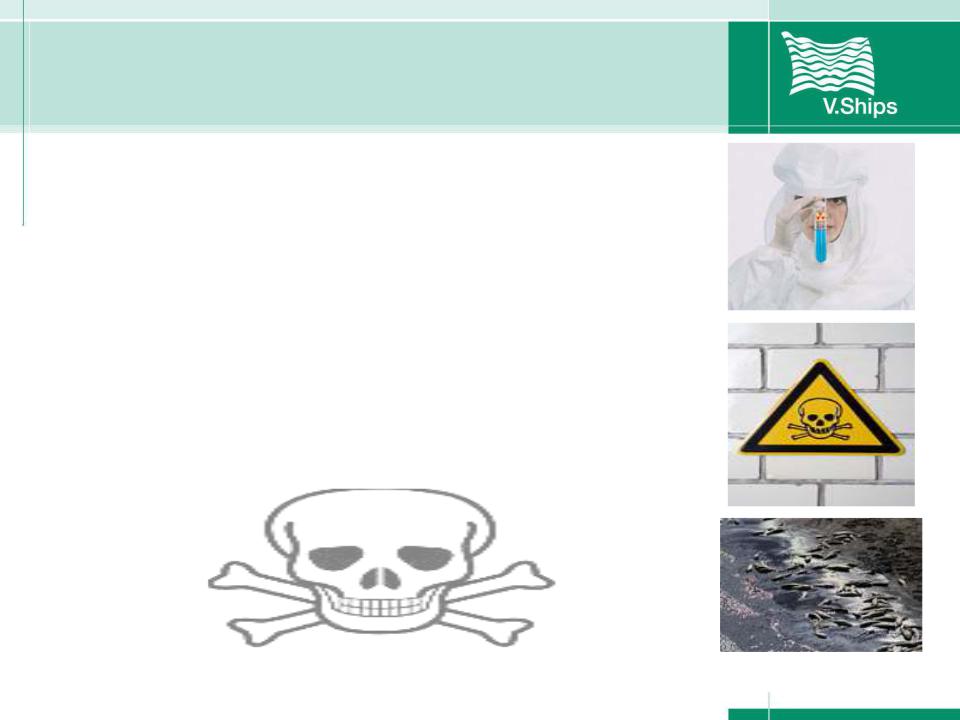
Chemical Tankers / Day 1 / Day 1 Topic 3 Chemical Family
.pdf
Chemical Training

Chemical Training Course – Chemical
Family

Chemical Families
What does a “Family” mean?
What is the similar and different between family members”?

Chemical Families
What is a “Chemical Family”?
A Chemical family is a group of elements or, more commonly, compounds that share certain chemical characteristics and have a common name. Examples are the alkaline earth metals, the rare gases, carboxylic acids, alcohols, ketones, etc.

Structural groups of Organic Chemicals
Structural groups of Organic Chemicals is always based on their chemical formula which contains a base formula and this formula is repeated in different chemicals.
Structural group of aromatic compounds are based on benzene, C6H6.
All alcohols contain an -OH group.
All aldehydes contain the group of CHO.
Amides contain the group - CONH2.
Carboxylic acids contain the - COOH group.
Nitriles contain a -CN group, and used to be called cyanides.

Toxicity and toxic substances
Toxicity is the degree to which a substance is able to damage an exposed organism.
Inhalation – gases and airborne particulate can enter through your nose or mouth by breathing.
Absorption – chemicals, including dust, smoke or vapour, can enter your body through the skin or eyes.
Ingestion – chemicals can enter your body through your mouth.
Injection – chemicals can enter your body through an accidental impact, cut or puncture to your skin.

Toxicity and toxic substances
What Is a Toxic Substance?
A toxic substance means any chemical or mixture that may be harmful to the environment, to human health if inhaled, swallowed, or absorbed through the skin.
The toxic substances contained in most chemical products are synthetic which means they are manmade.

Toxicity and toxic substances
Chemical Persistence
Persistence is the ability of a chemical substance to remain in an environment in an unchanged form. The longer a chemical persists, the higher the potential for human or environmental exposure to it. The individual environmental media for which a chemical's persistence is usually measured or estimated are air, water, soil, and sediment.

Acids and Acidity
An acid is traditionally considered any chemical compound that, when dissolved in water, gives a solution with a hydrogen ion activity greater than in pure water.
Acids can occur in solid, liquid or gaseous form, depending on the temperature. They can exist as pure substances or in solution.

Acids and acidity
Acids are chemicals which will turn litmus paper red. Litmus is a coloured chemical which can change from red to blue and back again. The colour change depends upon the concentration of Hydrogen ions.
